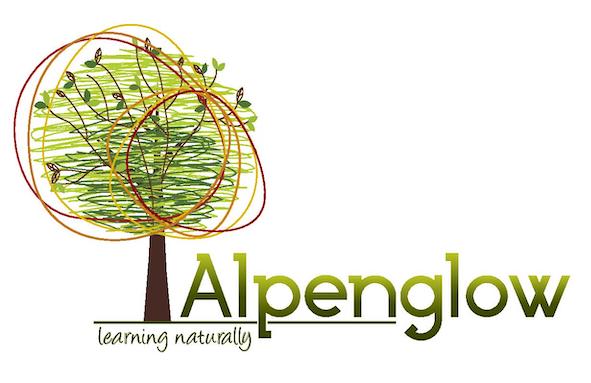Alpenglow School
by Andrea Barnes, Nature Immersion Specialist at Alpenglow SchoolAs you know, one of the main Waldorf teaching methods is the sharing and retelling of stories. It’s one of the many beautiful foundational pieces that comes to life on the pages of the main lesson books. Nature stories are a big element of our outdoor learning time, as well. This month, stories really anchored our nature immersion and they unfolded in many different ways, reinforcing their teaching and learning importance.
The Grade 2/3 class heard an oral story while lying in the forest. They were studying ‘hearing and sound’ and our plan was to explore how animals rely on this sense to survive. The story was about a pair of bats on migration - it profiled bat species, the difficulties they face during migration, and how they use echolocation to communicate. The story was followed up with a game where one partner needed to verbally guide their blindfolded partner through a migration route while avoiding all the obstacles and hazards. Stories are relevant and informative. During the science experiment afternoons, the Grade 1’s and 2’s physically acted out a story on the water cycle. They followed a single water droplet through the cycle and they literally rained down on the landscape, fell on the backs of animals, collected in ponds, and evaporated back up into the clouds. Stories are playful. The Grade 3/4 class were read a storybook while tucked in together under a large tarp (which represented life under the snow, of course). This class started their unit on ‘life cycles’ (Gr 3) and ‘plants’ (Gr 4) so we wanted to discover how they survived the winter months as we move into spring. The story gave us good information and photos about how difficult the winter world is, right under our feet. We felt our bodies heat up under the tarp while the story was being read. We then played a game of predator / prey where we were snow fleas, spiders, shrews, and our top predator, the weasel. Stories are heard but also felt. Our Kindergarten and Grade 1/2 class met Lady Spring, in all her spring glory, on March 20th. She was sitting in the forest awaiting their arrival and told a detailed story in character about her arguments with grumpy old man winter. He really did a number on us last month and Lady Spring was convincing him to loosen his hold and let spring arrive. In the end, the children were issued an important challenge to find the first signs of spring, using all their senses, in order to prove to old man winter that they had the skills to mark and celebrate the changing of the seasons. Stories are engaging and magical. Finally, the Frade 3/4 class were retold a gifted Blackfoot story about the arrival of the first prairie crocus. Unfortunately, we didn’t actually find the flower on this day, but my hope is when they do, they will have a deeper appreciation for its significance. Perhaps, they’ll even feel inspired to share the story too! Stories live in place and come from the land. "The purpose of storytelling is not to tell you how to think, but to give you questions to think upon.” - Brandon Sanderson With Andrea Barnes, Alpenglow School's Nature Immersion Specialist One of my favourite nature activities to do with students has to be exploring nature with maps, designing our own maps, and orienteering. This month the Grade 5/6 class did an orienteering course and mapping exercise through the Alpenglow forest and Lions Park. We were integrating their math geometry block into this outdoor learning experience. We (Ms.Erica and I) expected these students to excel at this task. They are a fit group of kids, they are excited about taking on independent challenges, and they know this area exceptionally well. What I didn’t expect, is to hear first hand, just how strongly connected they are to this learning place.
The orienteering course was designed to take them to 5 stations and each pair of students had different markers they had to find and in various orders. They managed this task in record speed and found various ways in making the task even simpler by predicting what one marker must be if it needed to lead them to another (clever kids). The students were then tasked with collecting information for the design of their own maps. They measured the distances between markers (using different techniques), captured the height of the tallest trees using clinometres (and advanced trigonometry), and my favourite exercise, inventoried places and spaces they found worthy to put on their own map. What I learned from the student’s observations was that they have a unique and detailed knowledge of this landscape. One I don’t share, as it’s truly their space. It brought the concept of “place-based” learning to life for me and I got very excited. The kids shared stories of the squirrel tree, climbing tree, Hobbit hole, secret path, burly tree, tag pole, culvert area, the “creek town homes”… and the list went on. This intimate connection has obviously taken time to establish. Some of this class (the grade 6’s) produced 3D clay maps of the forest last year. They referred to this particular mapping exercise several times when they were brainstorming important features of an Alpenglow forest map. Their clay maps were still a powerful memory. Everyone shared something or somewhere they find important, to them, in the back forest. Now that’s special. It’s math, it’s science, it’s art...it’s learning in and from the land. Try it...if you want to see how well you know a place, draw it, sketch it...map it. Make a map for the best way to move through an area so someone dear to you could see all your favourite spots. The challenge is on... |
Nature-Based Learning is a main pillar of learning at Alpenglow SchoolFollow our students and teachers as they take their classrooms outside to explore, connect and learn in our own natural environment. Archives
December 2019
Categories |
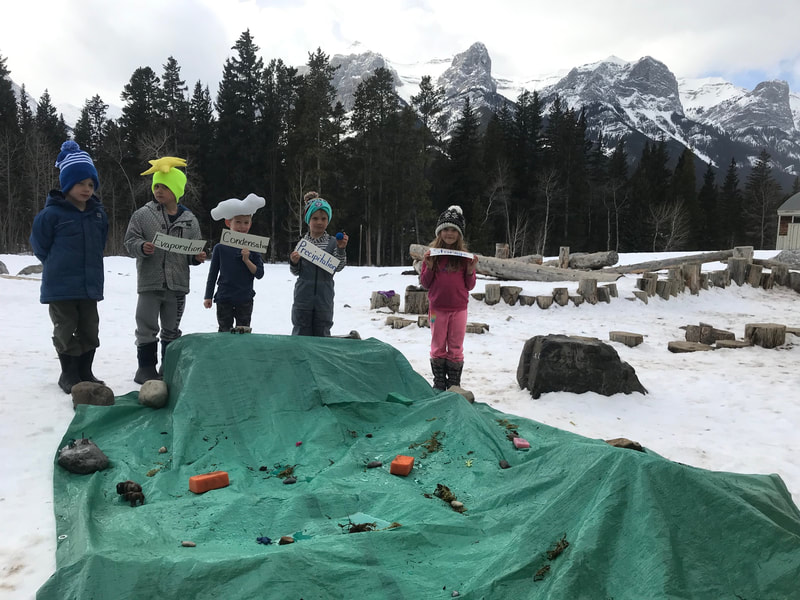
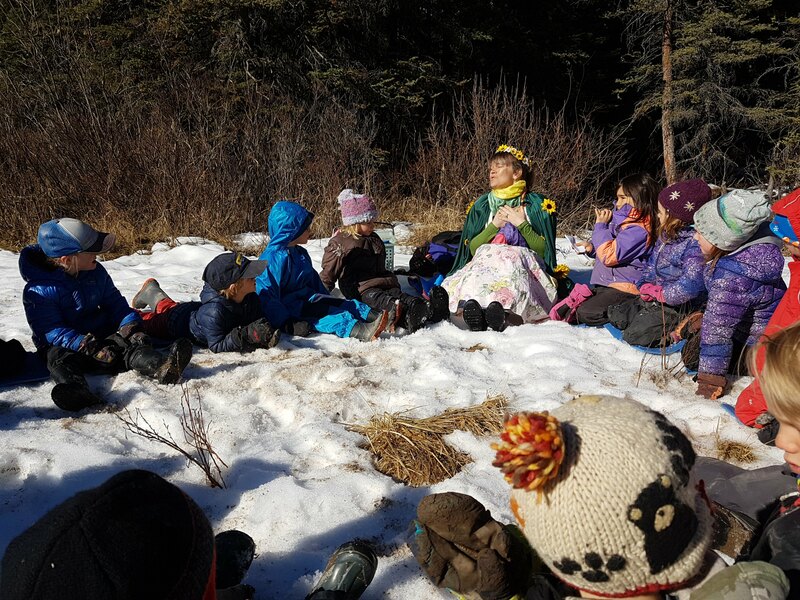
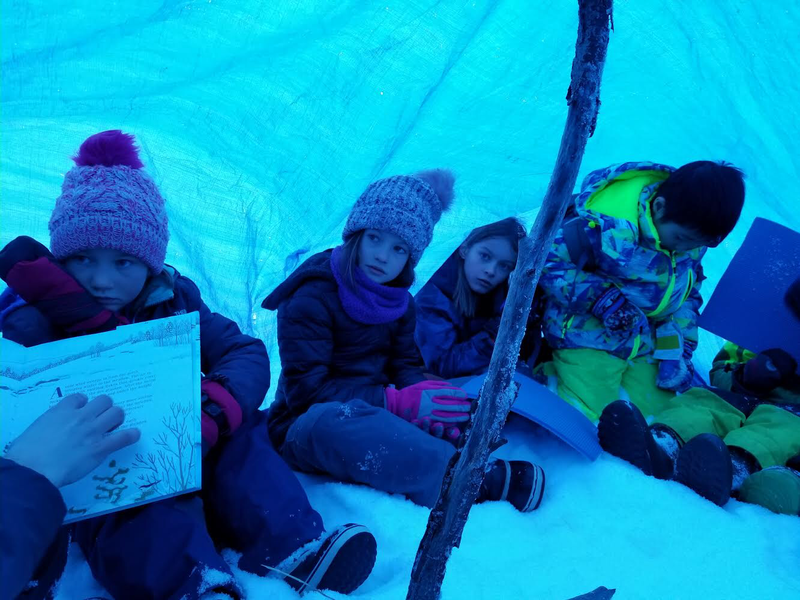
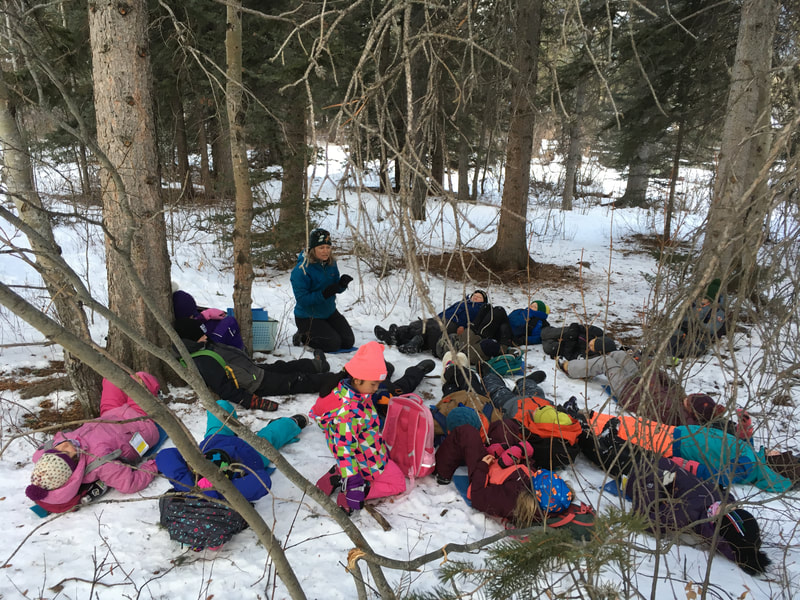
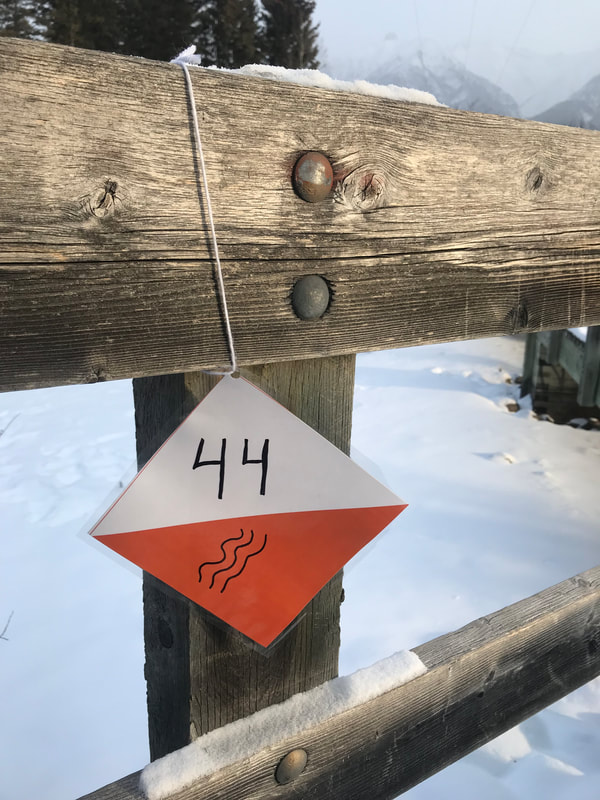
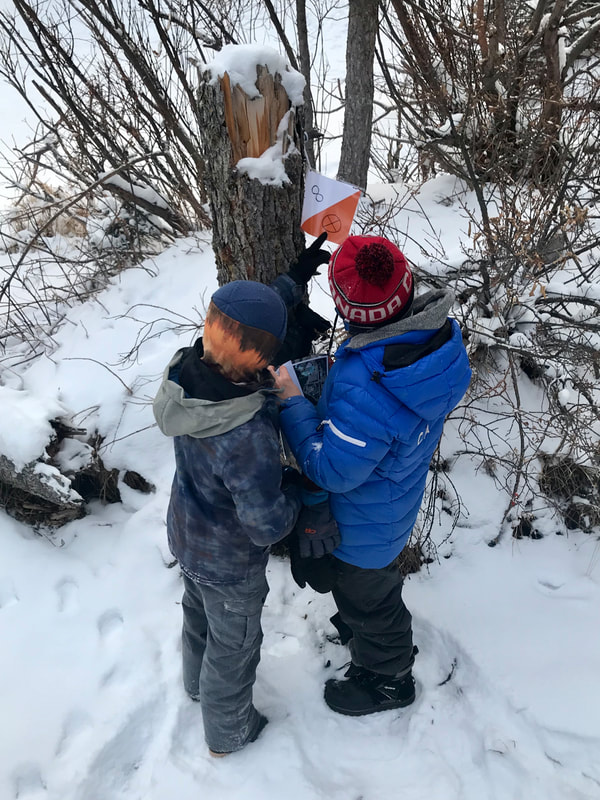
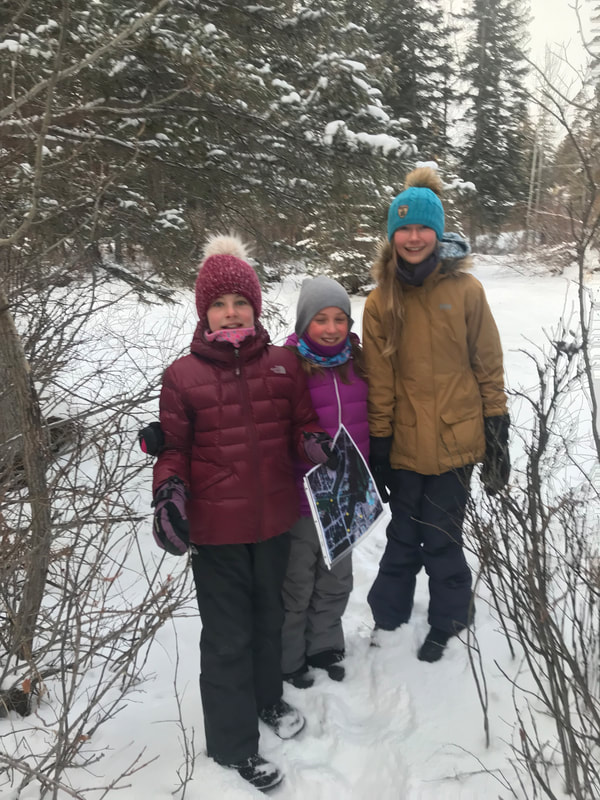
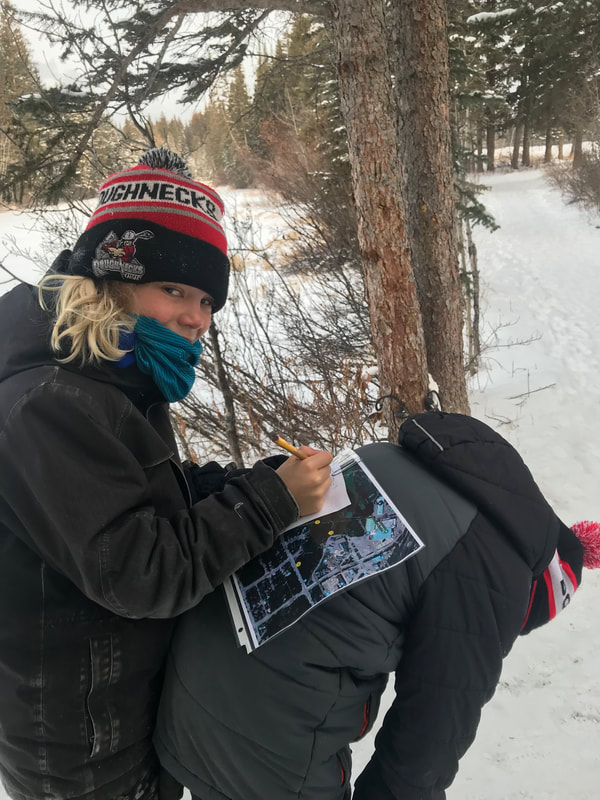
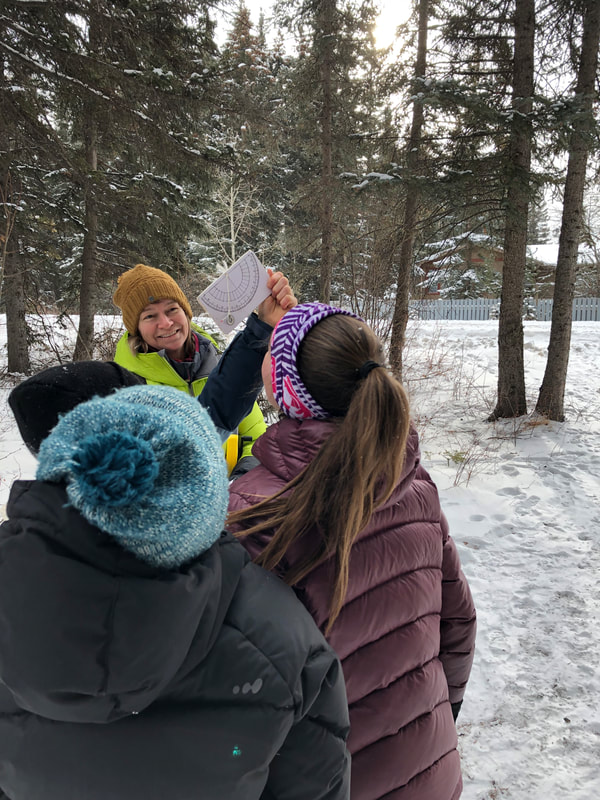
 RSS Feed
RSS Feed
